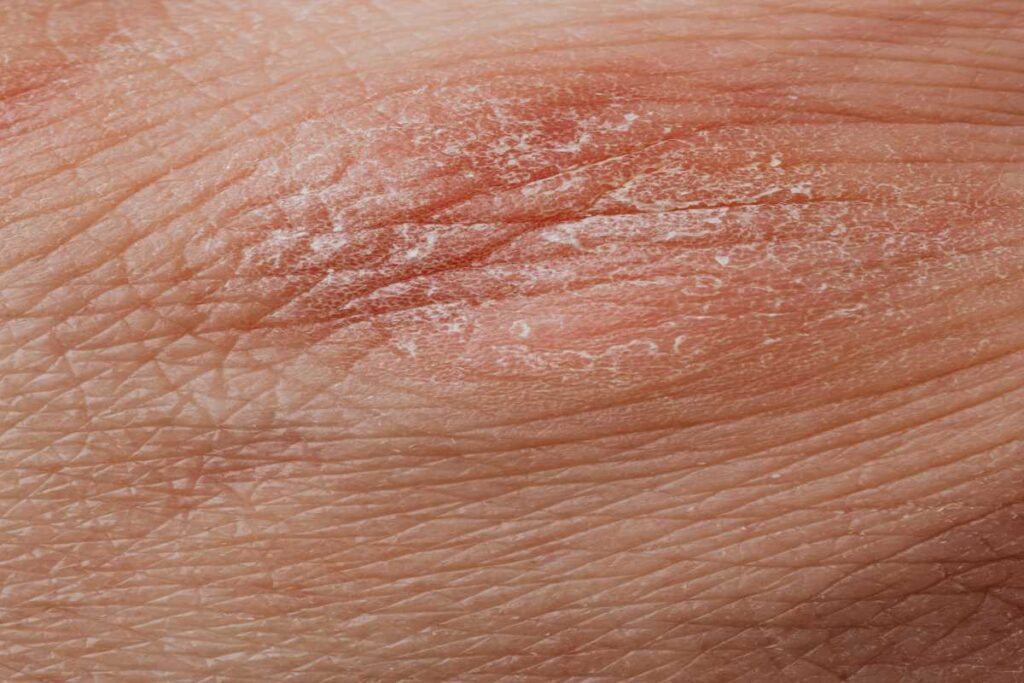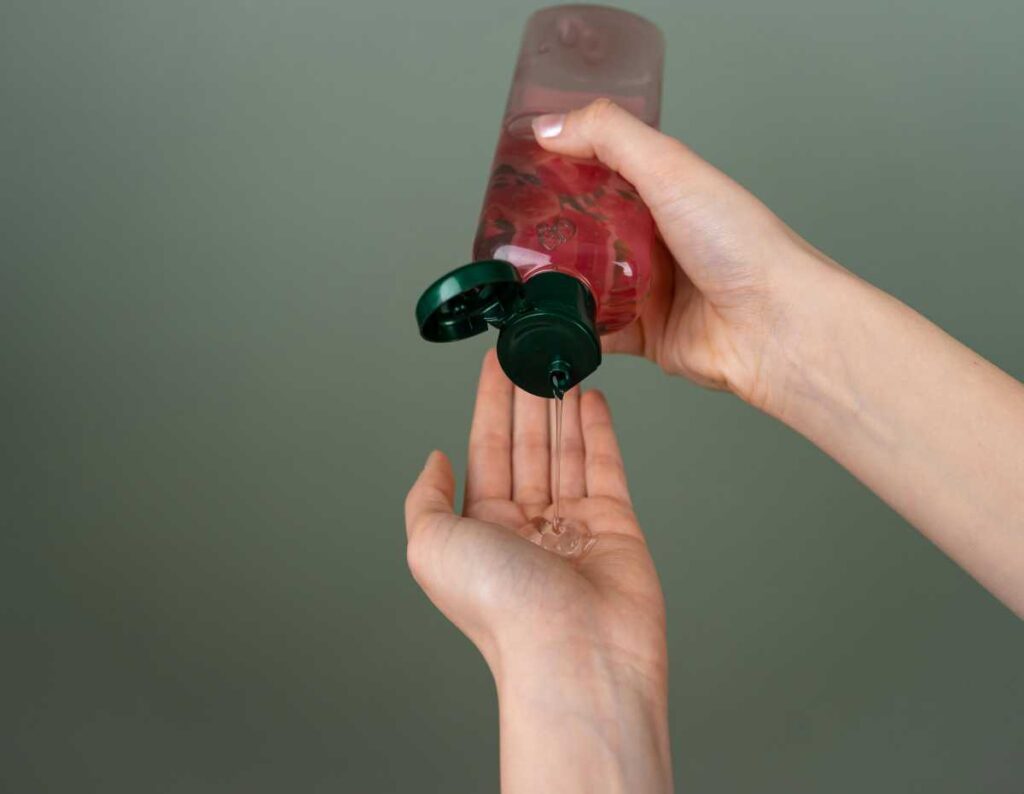Skin avulsion is a serious injury that occurs when a portion of skin is forcibly detached from the underlying tissue, often exposing the deeper layers of skin or even muscle and bone. This type of injury can result from various causes and requires immediate medical attention to prevent infection, promote healing, and minimize scarring.
Causes of Skin Avulsion
Skin avulsion can result from several different types of trauma, including:
1. Accidental Injuries
- Lacerations: Deep cuts from sharp objects (e.g., glass, metal) can lead to skin avulsion.
- Falls: Falling onto a rough surface can cause the skin to peel away from the underlying tissue.
- Sports Injuries: Certain sports or physical activities may lead to injuries that cause skin avulsion, particularly in contact sports.
2. Animal Bites
- Dog or Cat Bites: Animal bites can result in severe tissue damage, including avulsion of the skin.
- Other Animal Interactions: Injuries from other animals, such as livestock, can also cause skin avulsion.
3. Burns
- Thermal Burns: Severe burns from fire, hot liquids, or surfaces can cause skin to blister and detach.
- Chemical Burns: Certain chemicals can damage skin integrity, leading to avulsion.
4. Friction Injuries
- Road Rash: Abrasions from sliding across pavement can remove layers of skin, leading to avulsion.
- Rope Burns: Injuries from ropes or cords can also lead to skin avulsion.
5. Surgical Procedures
- Complications: Some surgical procedures may inadvertently cause skin avulsion, especially in cases of surgical site infections or improper technique.

Symptoms of Skin Avulsion
The symptoms of skin avulsion may vary depending on the severity of the injury but commonly include:
- Visible Detachment: A portion of skin is visibly missing or hanging off.
- Bleeding: The injury may cause significant bleeding.
- Pain and Discomfort: Severe pain at the injury site is typical.
- Swelling: Surrounding tissue may become swollen and inflamed.
- Signs of Infection: Redness, warmth, and pus formation may indicate an infection if the injury is not properly cared for.
Treatment for Skin Avulsion
Proper treatment for skin avulsion is crucial to promote healing and prevent complications. Here’s a step-by-step guide to managing the injury:
1. Seek Medical Attention
- Emergency Care: If the avulsion is severe, bleeding profusely, or involves large areas of skin, seek emergency medical care immediately.
2. Control Bleeding
- Apply Pressure: Use a clean cloth or bandage to apply firm pressure to the wound to control bleeding.
- Elevate the Area: If possible, elevate the injured area above the heart to reduce blood flow to the site.
3. Clean the Wound
- Gentle Cleaning: Rinse the avulsed area with clean water to remove any debris or contaminants.
- Avoid Scrubbing: Do not scrub the wound as this may worsen the injury.
4. Dress the Wound
- Cover the Area: Use a sterile dressing or bandage to cover the wound and protect it from infection.
- Change Dressings Regularly: Keep the area clean and change dressings as needed.
5. Manage Pain and Infection
- Pain Relief: Over-the-counter pain relievers, such as ibuprofen or acetaminophen, can help manage discomfort.
- Antibiotics: If prescribed by a healthcare provider, take antibiotics to prevent or treat infection.
6. Follow-Up Care
- Regular Check-Ups: Follow up with a healthcare provider to monitor healing and assess for complications.
- Wound Care Education: Seek guidance on proper wound care techniques to ensure optimal recovery.
7. Surgical Intervention (if necessary)
- Reattachment: In some cases, the avulsed skin may be reattached surgically.
- Skin Grafting: If a large area of skin is missing, a skin graft may be necessary to promote healing.
Prevention Tips
While some causes of skin avulsion are unavoidable, certain preventive measures can minimize the risk:
- Wear Protective Gear: Use appropriate protective clothing, gloves, and gear when engaging in high-risk activities (e.g., sports, construction work).
- Be Cautious with Animals: Exercise caution around unfamiliar animals to avoid bites or scratches.
- Take Care When Using Tools: Follow safety protocols when using sharp tools or machinery to reduce the risk of accidental injuries.
- Maintain a Safe Environment: Keep living spaces free of hazards that could lead to falls or accidents.
Conclusion
Skin avulsion is a serious injury that requires prompt medical attention to ensure proper healing and reduce the risk of complications. Understanding the causes, symptoms, and treatments of skin avulsion can help individuals respond effectively to this type of injury. If you suspect you or someone else has experienced a skin avulsion, don’t hesitate to seek medical care to ensure the best possible outcome.

